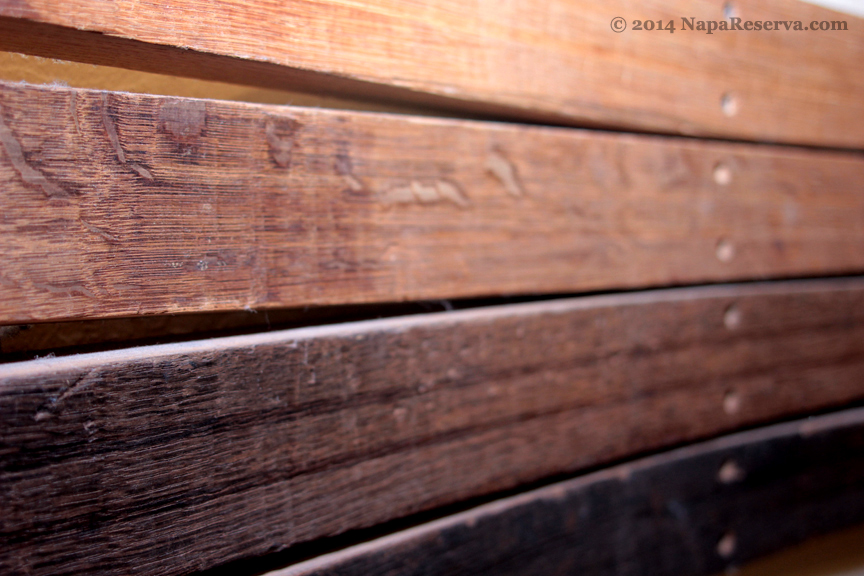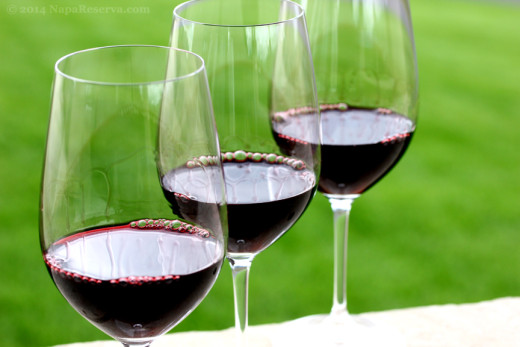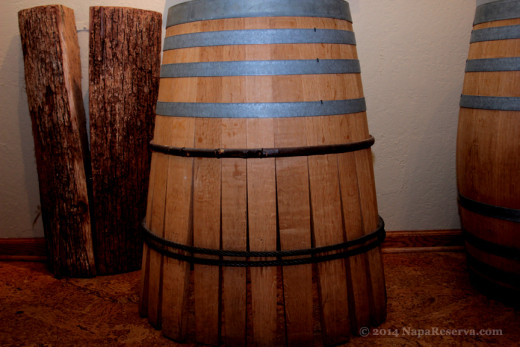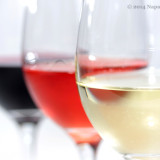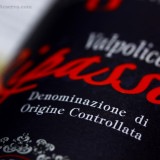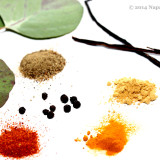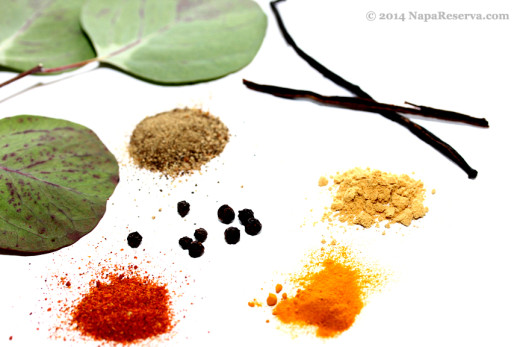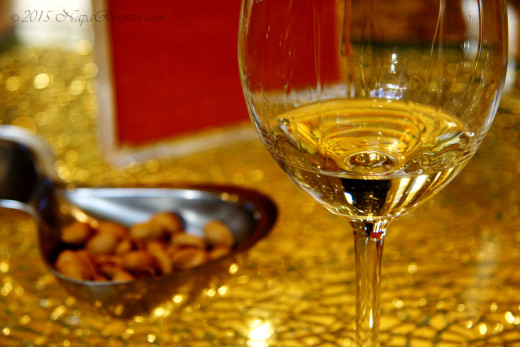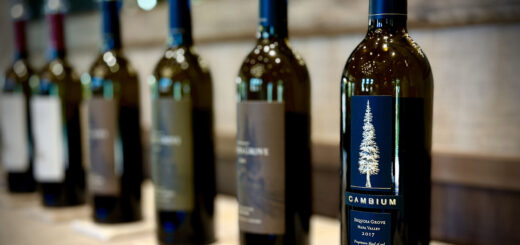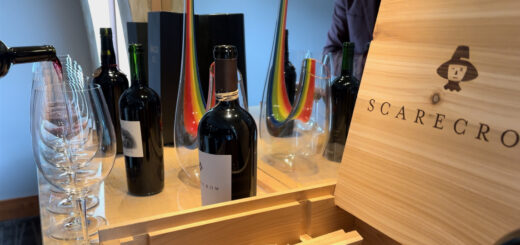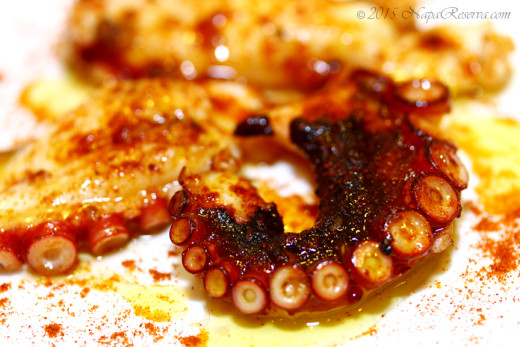There’s more to Oak than just barrels
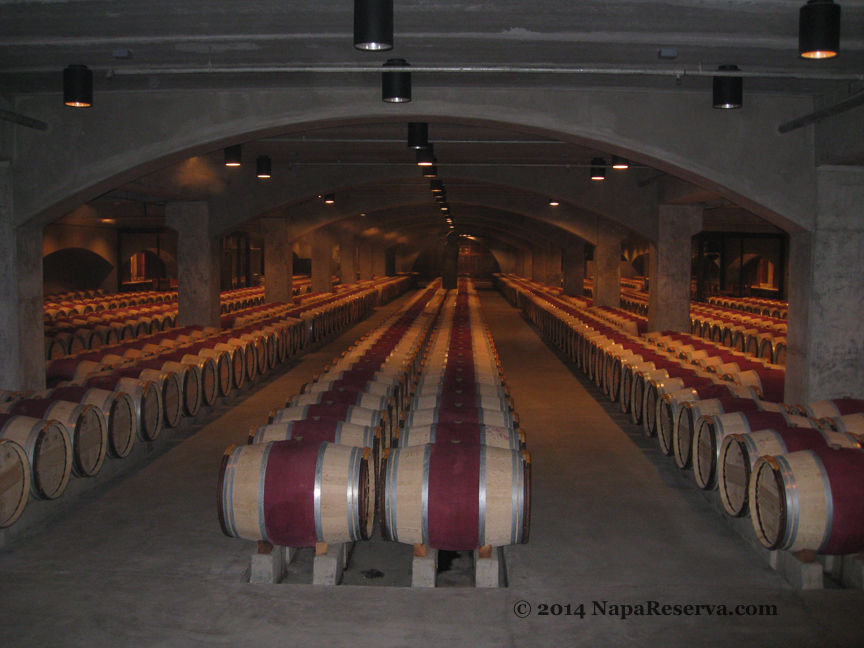 Sunlight, climate, water, soils and air all together nurture vines and their grapes. Their combination of flavors is unique to specific region because of the terroir they were grown in. The wine-makers simply converting grapes into drinking wine. For the longest time, it is believed that the majority of wine-making is done while the grapes were still on their vines, flavors and structure of wine depending heavily on the grape berries at harvest.
Sunlight, climate, water, soils and air all together nurture vines and their grapes. Their combination of flavors is unique to specific region because of the terroir they were grown in. The wine-makers simply converting grapes into drinking wine. For the longest time, it is believed that the majority of wine-making is done while the grapes were still on their vines, flavors and structure of wine depending heavily on the grape berries at harvest.
The best grapes will make the best wine, just like the best ingredients will make the best dishes. In the kitchen, a Chef will simply chooses the right spices and seasonings to bring out the best flavors in his dishes. A lot like wine-makers choosing the right Oak barrels to season his wine.
Oak Barrels come in different sizes
The most common Oak barrel often seen in wineries can store 60 gallons of wines, or 300 750ml bottles. There are much larger ones and of course smaller ones. Smaller Oak barrels will impart more flavors on to the wine aging in it because of lower wine to oak ratio, this same rule applies to larger oak barrel.
Oak barrels are often toasted to bring out different flavor profile, which later on will impart on the wine aging in it. A lot like coffee beans, Oak barrels can be toasted lightly, medium or charred. Each level will offer unique flavors to the wine. Lightly toasted provides more subtle flavor such as cedar, wood and nuts; while charred Oak barrels displayed more dominant flavors of smoke, grilled meat and espresso.
What about new Oak?
An Oak barrel can be used for aging wine for at least 2-3 vintages, but no more than 5. New oak barrels still contain all of its flavor compounds and most concentrated, wines aged in new oak barrels will take on more profound flavors than those age in used barrels. Different stages of Oak barrels offer their own uniqueness to the wine, wine-makers often use the combinations of both new and old barrels to age 1 particular vintage.
The time spent in oak is also very crucial to produce a good wine. It is simple enough, the more time in the barrel the more flavors wine will take on, however, wine-makers have to balance the additional flavors from Oak and the natural flavors from grapes. Aging the wine in Oak for too long, especially with newer barrels, can overshadow the fruitiness and acidity.
Alternatives
New Oak barrels range from $800 USD to $1300USD, adding a hefty cost to wine making. A more affordable alternative would be the use of natural Oak chips or planks. Although they can be toasted and potentially adding more flavors to wine like barrels, Oak chips or planks are usually made from left-over oak wood with lesser quality. Wine makers made them to their wines to extract flavors a lot of like aging wine in Oak barrels, but one thing is missing -the barrel. Oak barrels allows a very small amount of oxygen to sip through its staves each year, this phenomenon helps soften wine and improve its structure and elegance. With out the actual Oak Barrels, instead, with Oak chips, wine will have to age in other tanks or vasts, depriving the wine of the magic of slowly maturing.
Wine making process improved drastically over the last few decades, advancement of technology allows wine makers to achieve results that were unheard of not too long ago. But there is one thing no technology can ever replace, the Oak Barrel. Cheers!

